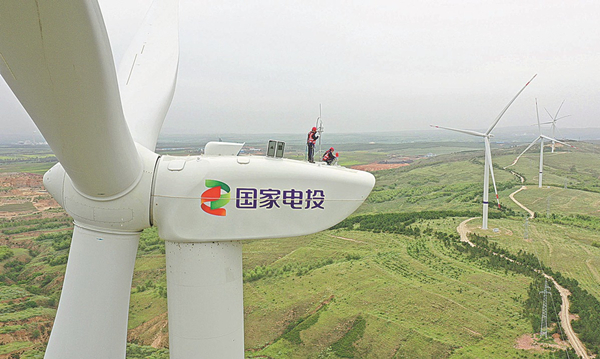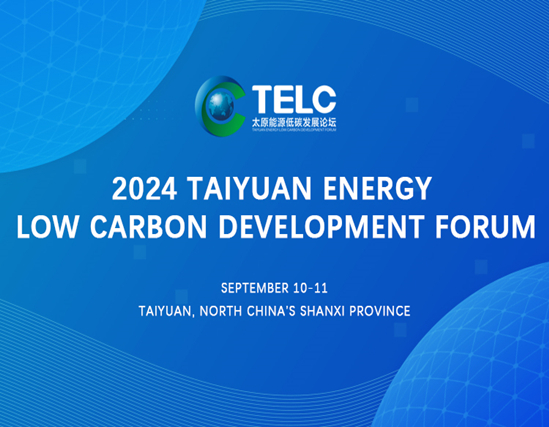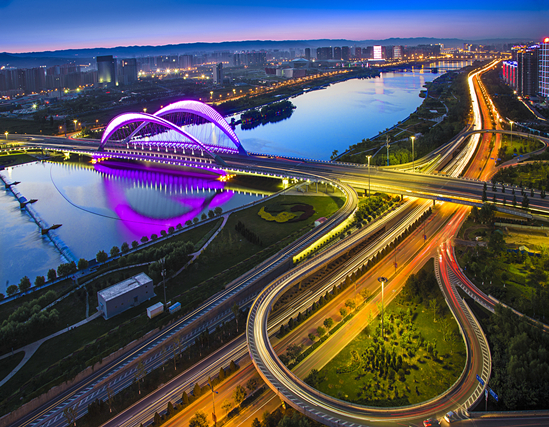Coal-rich Shanxi makes strides for bright future
Updated: 2022-08-11

Technicians check a wind power facility in Shuozhou, Shanxi province. [Photo by Song Weixing for China Daily]
Province turns to sustainable growth, clean government to raise prosperity
Shanxi Party chief Lin Wu has attributed the remarkable achievements in socioeconomic development the northern province has made over the past decade to its earnest application of instructions from central authorities, and to its pragmatic adaptation of those instructions to the actual conditions of the province.
At a news conference reviewing Shanxi's development since 2012, held in the provincial capital Taiyuan on Wednesday morning, Lin spoke of Communist Party of China Central Committee General Secretary Xi Jinping's three visits to the province-in June 2017, May 2020 and January this year-as "milestones" that inspired them all to work hard in the pursuit of high-quality development.
Urged by Xi to explore a new development path characterized by "advanced industry, good returns, quality and sustainability", the province has left no stone unturned in pushing the envelope of growth.
The past decade has marked a watershed in the province's development, as its coal-based economy-still a key driver and accounting for 29.2 percent of national coal production last year-becomes increasingly powered by different economic engines, including industries such as the manufacture of advanced equipment, semiconductors and new materials, as well as big data and green industry.
Despite the grave impact of the COVID-19 pandemic, Shanxi's gross domestic product surged by 9.1 percent last year, making it the third-fastest of all provincial-level regions. Only 2 percentage points of that growth was coal-related, with the rest delivered by the green, efficient and innovative economic drivers the province has gone all out to cultivate.
By making improvements to its business environment and governmental services, Shanxi has been able to attract 365 high-tech enterprises, start three national-level research platforms and encourage some 1,400 researchers and professionals to settle there since last year.
Thanks to its turn toward more sustainable drivers of growth, the provincial economy grew by 5.2 percent in the first half of this year-more than double the national average of 2.5 percent-which not only benefits inhabitants, but also lays the foundations for bidding farewell to its former dependency on easy money from resources.
At present, Shanxi produces 34.46 percent of its electricity from wind, solar energy and other nonfossil sources, and the quality of its air and water has markedly improved, with an average of at least 266,000 hectares of forests planted each year since 2012.These changes were key in attracting 39.9 million tourist visits to the province's numerous and well-protected historical sites last year, at a time when national tourism was hit hard by outbreaks of COVID-19.
In the past 10 years, Shanxi's GDP has grown from 1.17 trillion yuan ($173.3 billion) to 2.26 trillion yuan, and the average per capita disposable income has increased from 20,232 yuan to 37,433 yuan for urban residents, and from 7,064 yuan to 15,308 yuan for rural residents. Additionally, some 3.29 million rural residents have been lifted out of poverty.
Most importantly, Shanxi civil servants have drawn painful lessons from the province's previous "systematic landslide of corruption", and become more capable and more devoted to their duties. A clean and honest government is an important part of the transformation of Shanxi in ensuring the province always puts people first. "The scars left by the old growth model have largely been healed," Lin said, adding that the people are united and are ready to forge new breakthroughs in the development of their province.



